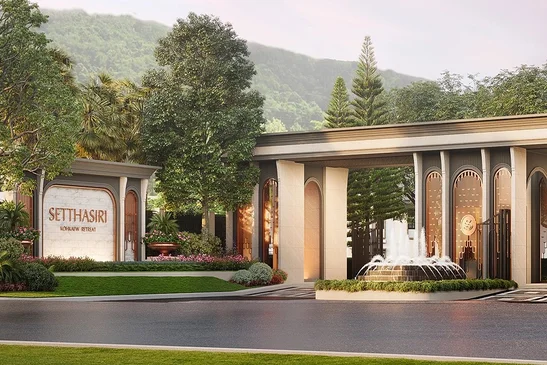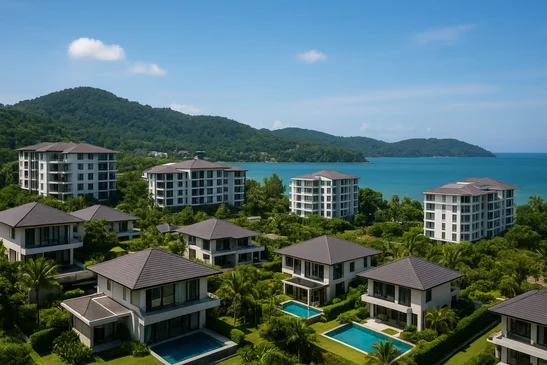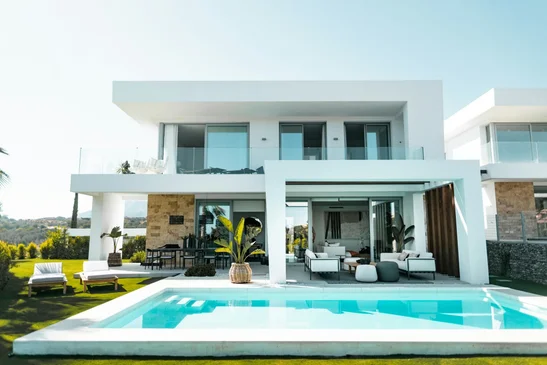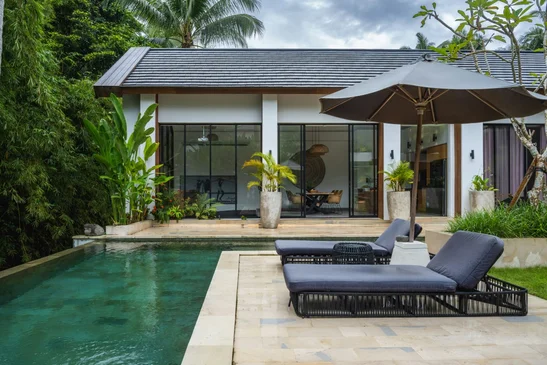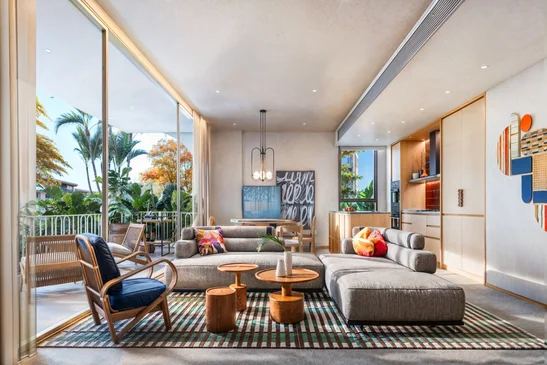To help ease the economic impact from the Covid-19 pandemic, the land and building tax rate in 2021 has been reduced by 90%. A tax exemption of 50 million Baht of the value of the property also apply to primary residences in the case the owner owns both the land and house, and 10 million Baht in the case where the owner of the house does not own the land.
Impacting property owners in Phuket and throughout Thailand, Thailand’s Land and Building Tax law was introduced in 2020 to reduce income disparity and increase tax revenue, and bring about a more efficient method of tax collection on immovable property.
Major changes under the law include:
- A more standardised calculation based on the value of the land and buildings determined by the treasury department opposed to a calculation that was previously based on assessed rental value determined at the local level.
- Collection of property tax from residential properties, which were previously exempt from annual property taxes, greatly expanding the potential tax base.
- A move from a flat rate of 12.5% per annum to a sliding scale depending on the usage of the property.
The collection of the tax falls under the jurisdiction of each sub-district administration, or tambon.
The appraisal value is the same as used in calculating transfer taxes at the local land office, and is updated on a regular basis to reflect actual property values as set by the treasury department under the Property Appraisal Act (2019). This is expected to see a rise in appraisal values to more closely reflect actual market value.

Credit: Geralt on Pixabay
Taxable Properties
Under the Land and Building Tax, taxable properties are categorized as land, buildings, and condominium units.
Exemptions exist for certain properties including those that are owned by the state, used by foreign governments such as embassies and consulates, those used for religious purposes, etc.
For residential property owners, tax exemptions exist for:
- Properties valued under 50 million baht for individuals owning both land and buildings
- Properties valued under 10 million baht for individuals owning the building(s) but not the land, including condominiums.
However, it is important to note that the tax exemption will only apply to your primary residence and not to any additional residential properties.
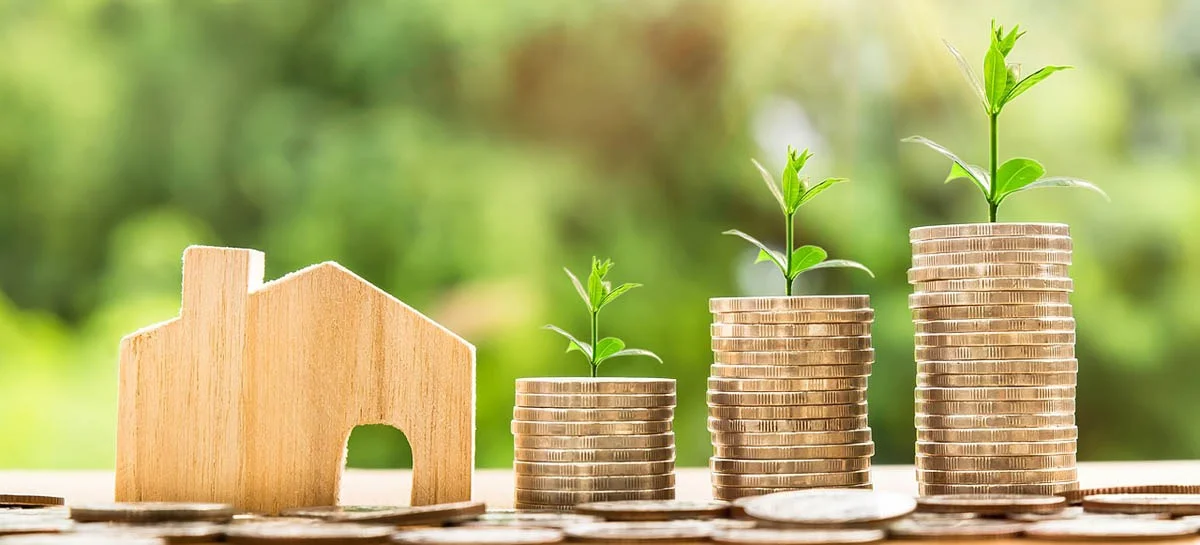
Credit: Nattanan23 on Pixabay
Tax Rates
Calculations are categorised into four main categories according to usage, with the following ceiling rates as of 2020:
- Agricultural - 0.15%
- Residential - 0.30%
- Properties not used for Agriculture or Residential - 1.20%
- Vacant properties - 1.20% (increasing by 0.3% every 3 years to a maximum of 3%).


